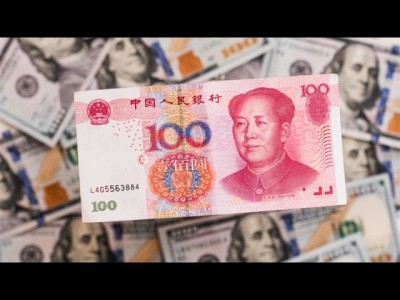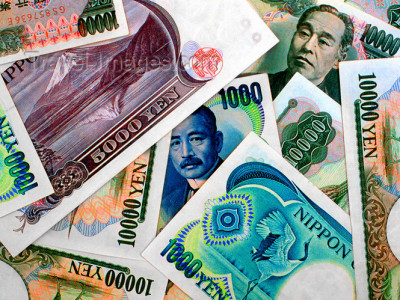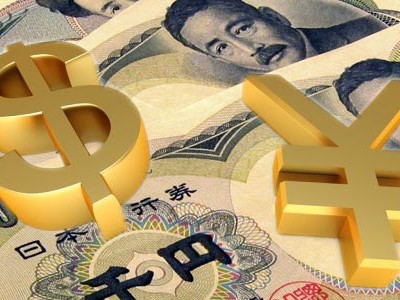Chinese Lunar New Year- Effect on Stock Markets
By now many of our readers will be quite familiar with the different effects that holidays can have on the markets. One example of this is the Santa Claus rally which will be in full swing throughout the month of December. Now we turn our sights to the Chinese New Year and the effect that it has on the Shanghai Composite Index (SSECI).
The fact that there are only 22 years of historical data are available for this index means that it is somewhat difficult to confidently assert a pattern. Nevertheless, there are some pretty interesting data to look at in light of the New Year and other surrounding holidays such as Labor Day, the Mid-Autumn Festival, and the Tuen Ng Festival.
The Chinese Lunar New Year itself suggests some interesting trading behavior, with promising returns in the four or five days leading up to the New Year followed by a fairly rapid drop-off in returns in the subsequent days.
The calendar New Year also boasts quite high returns in the days surrounding it, particularly on the first few trading days of January where approximate average returns sit in the region of 0.5% on each day.
Another Chinese holiday is the Ching Ming Festival, which takes place 15 days after the vernal equinox – this typically falls on April 4th or 5th.
Although the days leading up to this festival aren’t as lucrative, the four or five days following it may be a great time to get exposed to the Chinese stock market due to surprisingly high returns over this period.
Looking at the Chinese Lunar New Year in the broader context of the global economy, we can see that there is somewhat of a slowdown in trading volumes during the period in February.
With many millions of workers across China heading home to spend time with their families, much of the country’s industrial sector essentially shuts down for a week.
This means that many factories are running flat out in the run up to the Chinese New Year, working tirelessly to fill orders and ensure everything is in place for the eventual shut down.
As you might imagine, this can have far-reaching effects on overseas importers and retailers, many of whom rely heavily on Chinese goods and shipping services.
It is also important to remember that the holiday never falls on exactly the same date each year, meaning that it can be difficult to produce consistent economic data for China during the first quarter.
Trade data for Asia can appear weak during this period; however, as Capital Economics’ Julian Evans-Pritchard says, “We always warn about the CNY effect and the risk of reading too much into these figures at this time of year. This affects most of the data out of China in January and February as well headline export growth in countries such as Korea that are heavily dependent on the Chinese market.”
The post Chinese Lunar New Year- Effect on Stock Markets appeared first on Forex.Info.














